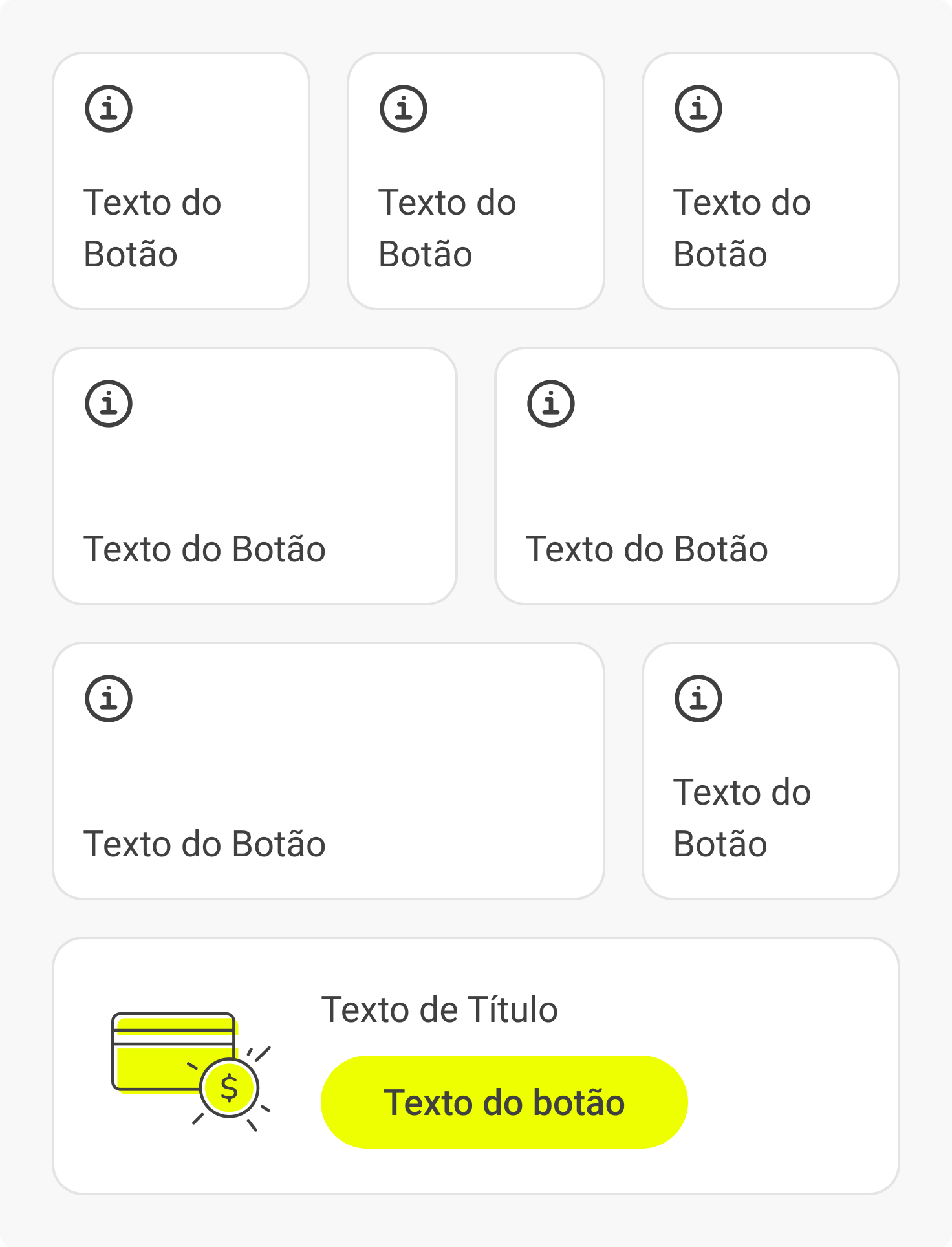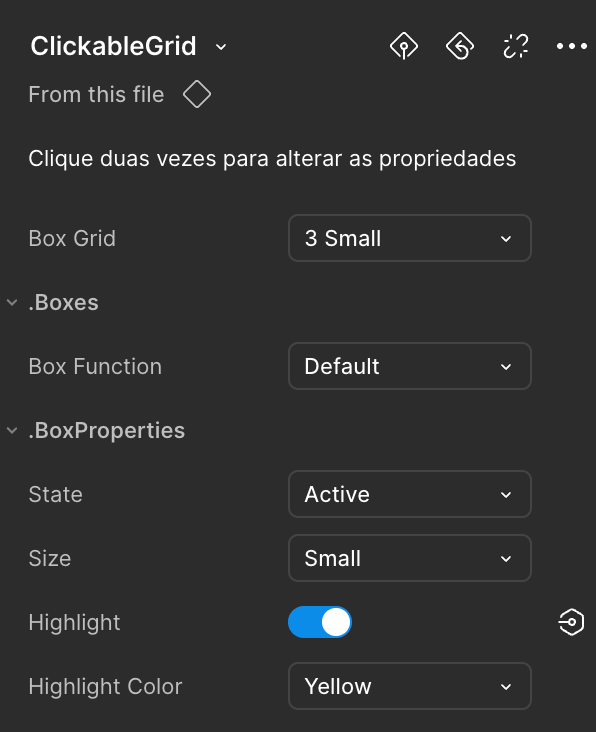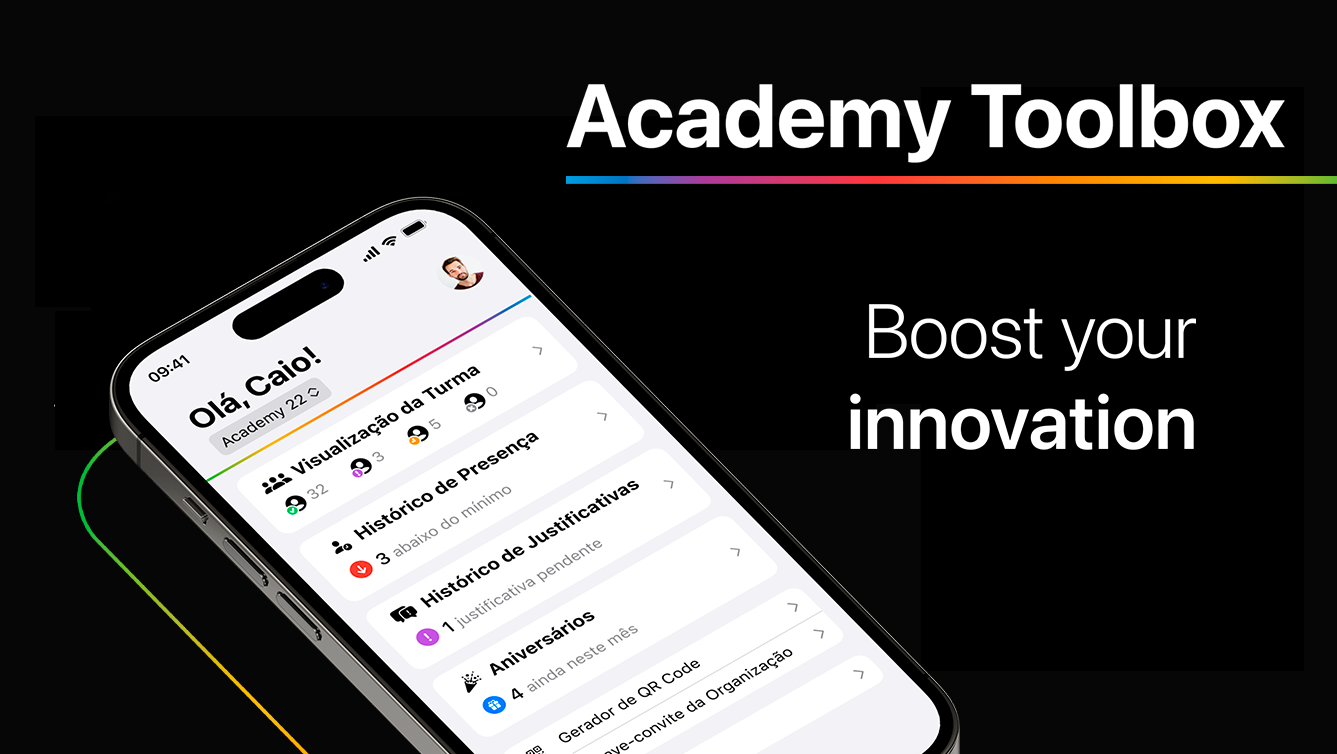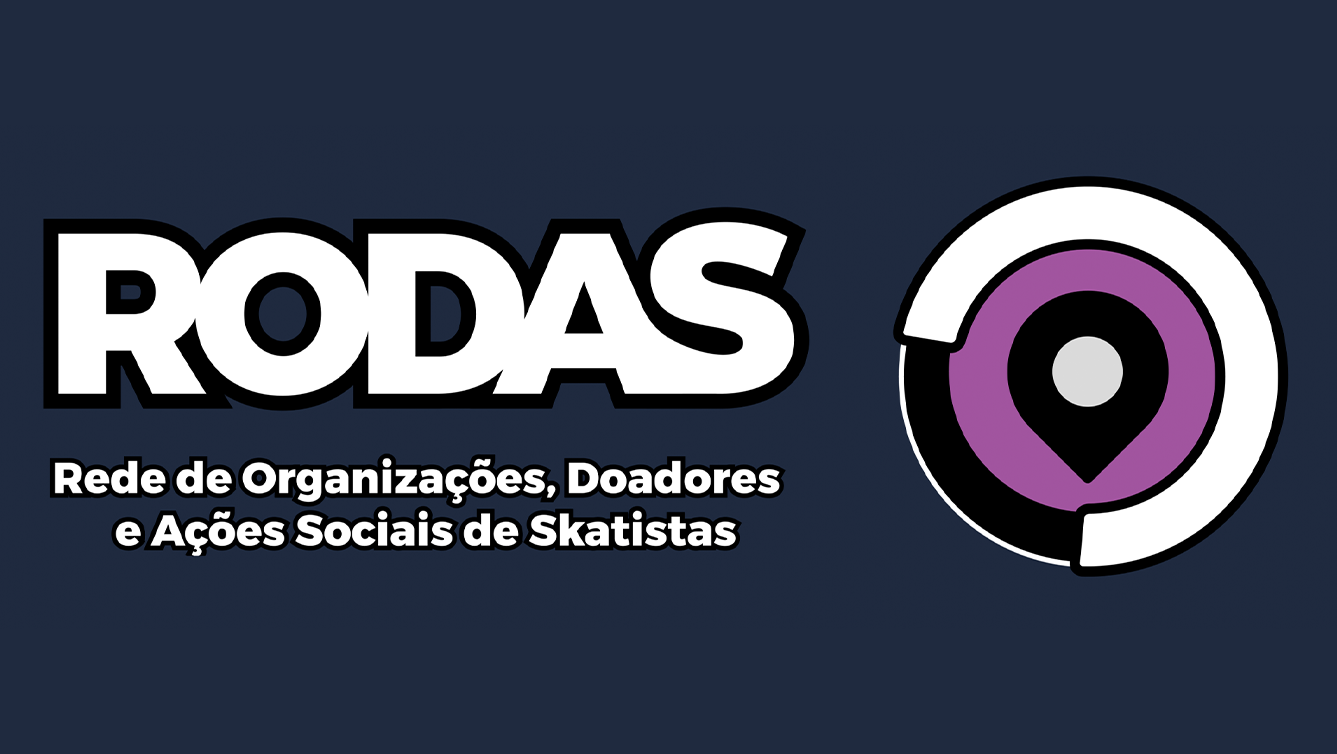I collaborated with my team to build a new solution for the novücard credit card app. Our main goal was to increase revenue by enabling installment payments directly through the app.
Alongside that, we identified performance and scalability issues in the frontend that were negatively impacting the user experience, particularly when loading the list of recent activities.
The previous home screen layout lacked the flexibility to support new features. With the introduction of the Installment Payment feature, we needed a new design that could scale effectively as the product evolved.




We introduced a flexible grid system—an adaptable layout that allowed us to rearrange button sizes and components based on different scenarios. This modular structure enabled the addition of new functionalities without compromising the visual consistency or requiring extensive code refactoring.
To streamline implementation, I proposed creating reusable components within the Design System. Following Atomic Design principles, we developed a library of components that made building interface variations much simpler and faster.
With different selectable grid sizes, button variations, and color variables, the design process became more scalable and easier to build.
We also included skeleton loaders to improve perceived performance during loading states.


To ensure a smooth handoff to development, we created an interactive prototype detailing the interface behaviors and component interactions. Click below to explore the prototype:
Impact & Results
After launching the redesigned home screen, the number of transactions made through the Installment Payment feature increased by approximately 125%, leading to a 192% increase in revenue generated by that functionality.
We also saw a 103% growth in Pix Credit transactions and a 110% increase in revenue from that feature.
Performance-wise, the loading experience of recent activities became smoother, eliminating lag and improving overall usability. The new modular grid also enabled ongoing feature expansion with minimal design or technical debt.
This project was a strong example of strategic product design—balancing user experience, technical performance, and business outcomes. The collaboration between design, engineering, and marketing was key to delivering a solution that enhanced user satisfaction, boosted company revenue, and set the app up for sustainable growth.
I’m incredibly proud of what our team accomplished, and I’m confident we’ll keep evolving the experience and driving even greater impact moving forward!
Thank you for your visit!


